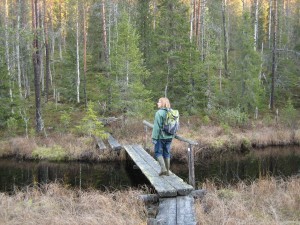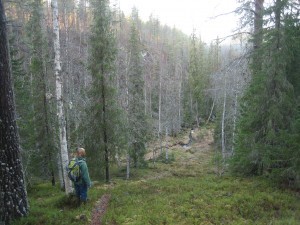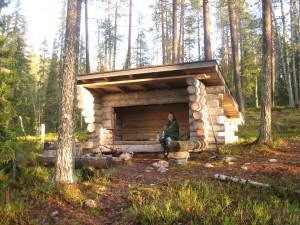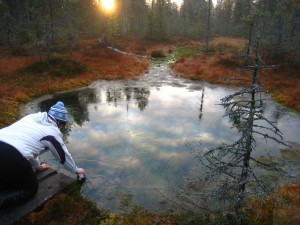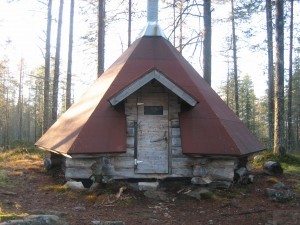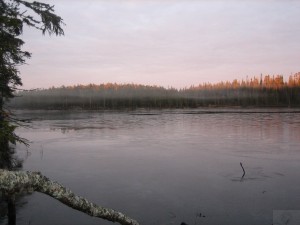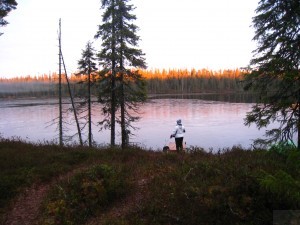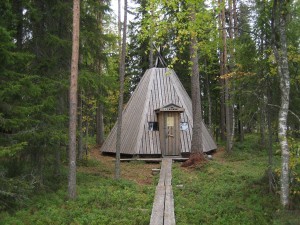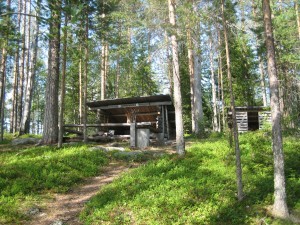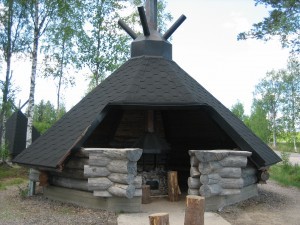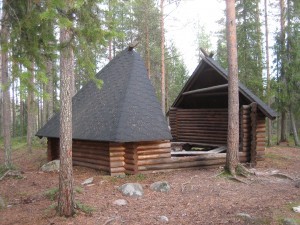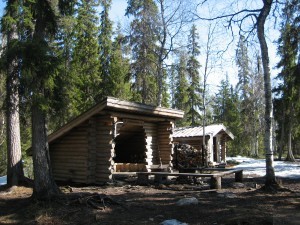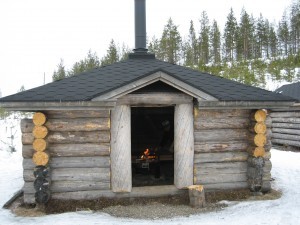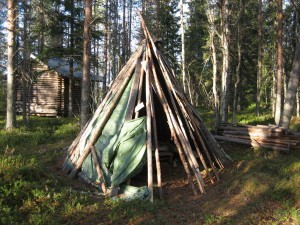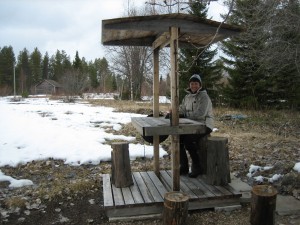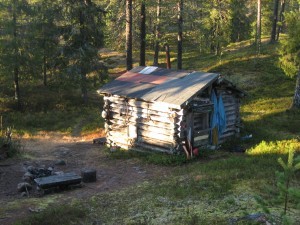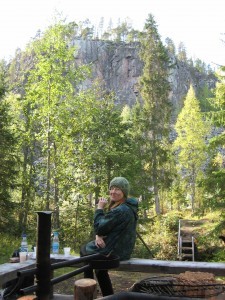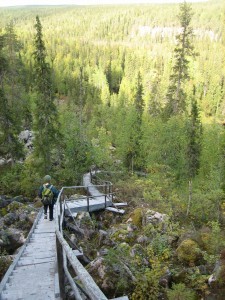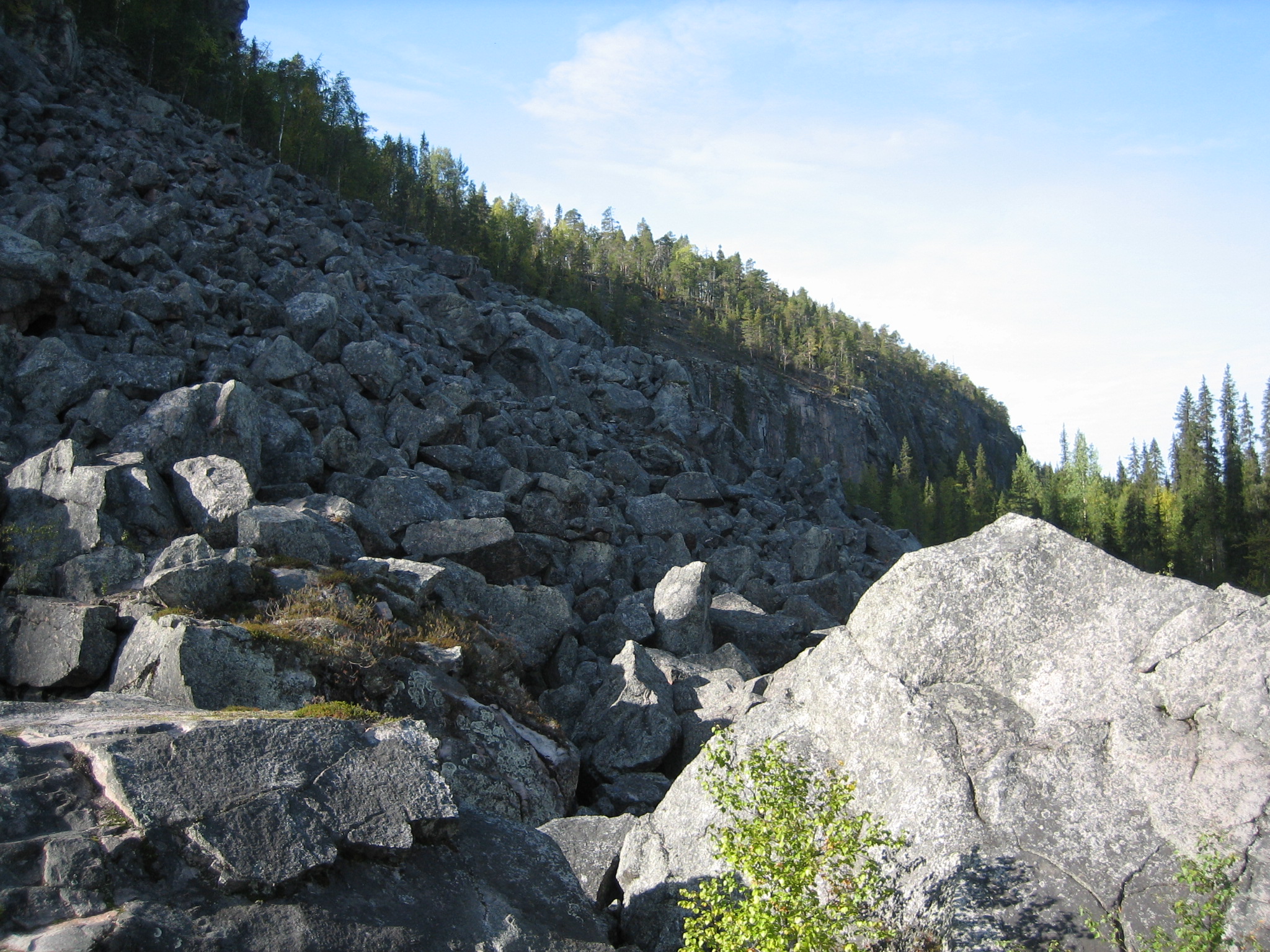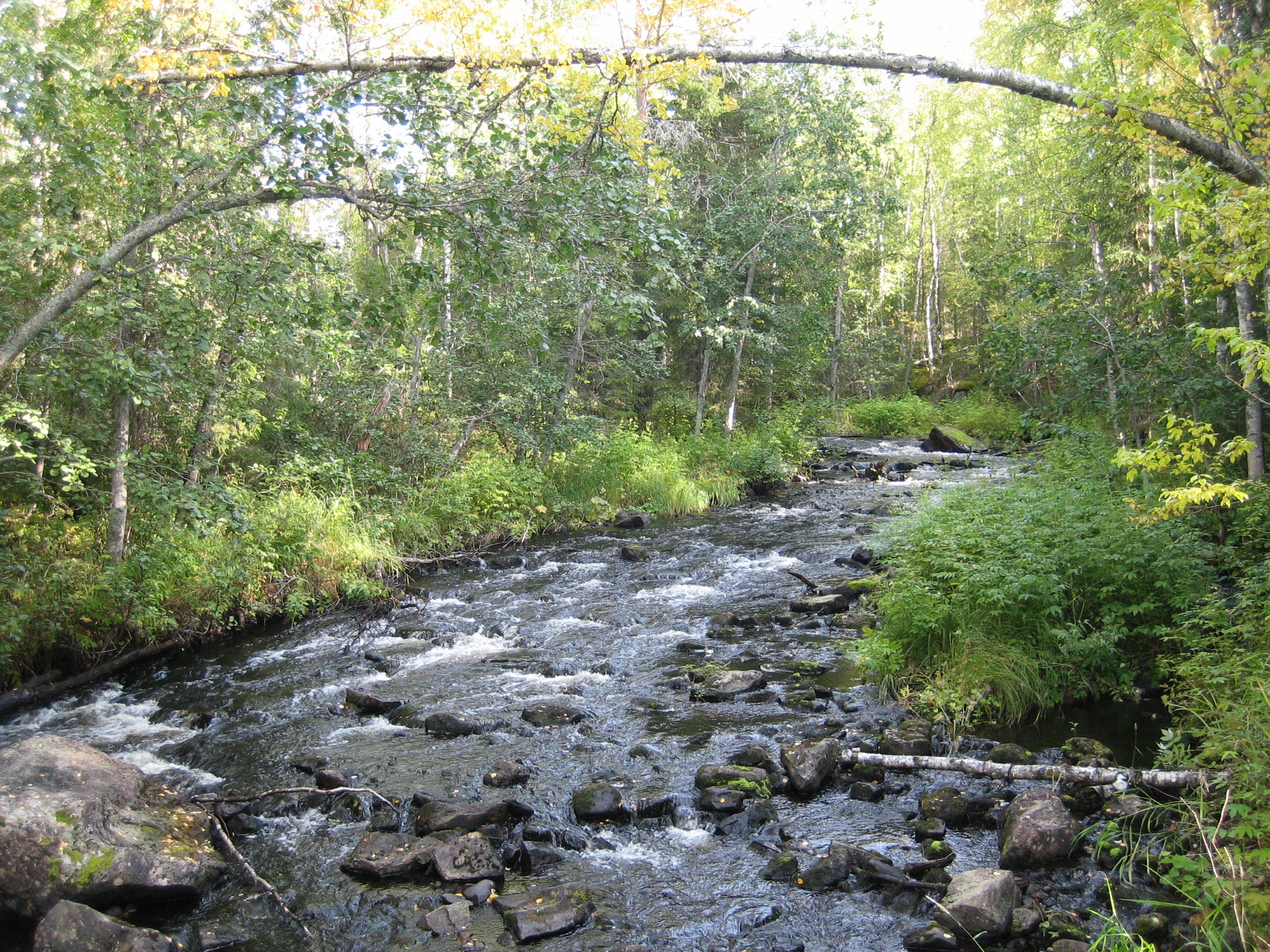Me and my friend and her dog Topi spent a day hiking in Korouoma on October 22, 2018. We started our trip from the cabin nearby where we had spent the night. The weather was a fantastic October morning with no wind and around +1 degree. At arrival to the parking lot at the place called Saukkovaara, I saw a young couple getting into their car and leaving. They had already been hiking in this frosty morning and I noticed they were all sweaty, which made me wonder a little. After our hike I did not wonder anymore…..
The Korouoma canyon is all together 30 km long and on my first hike here we made about 6 km (which is about 3 km in one direction and then back). At that time we started from the place Koivuköngäs.
Korouoma is known as the biggest canyon in Finland and is hundreds of millions of years old. In the centre of Korouoma the fracture valley forms a canyon that has worn its way into the surrounding terrain. At its deepest the gorge is approximately 100-130 metres deep. Its cliff walls are tens of metres high and extremely steep and at points vertical. The bottom of this canyon is 200 to 500 metres wide. Parts of the canyon have become boggy and the narrow twisting River Korojoki meanders through it.
This time we chose Saukkovaara as the starting place. Saukkovaara is situated in the village of Pernu in the munincipality of Posio in the south-east of Lapland, 115 km from Rovaniemi. Directions from road 81 (Rovaniemi-Posio): At the village of Pernu turn right onto a local road at the sign for Selänsalmi. Drive for about 2 km and turn right at the sign to Korouoma. From this intersection it is about 3 km along a forest road to Saukkovaara, where you can find a parking area and information boards.
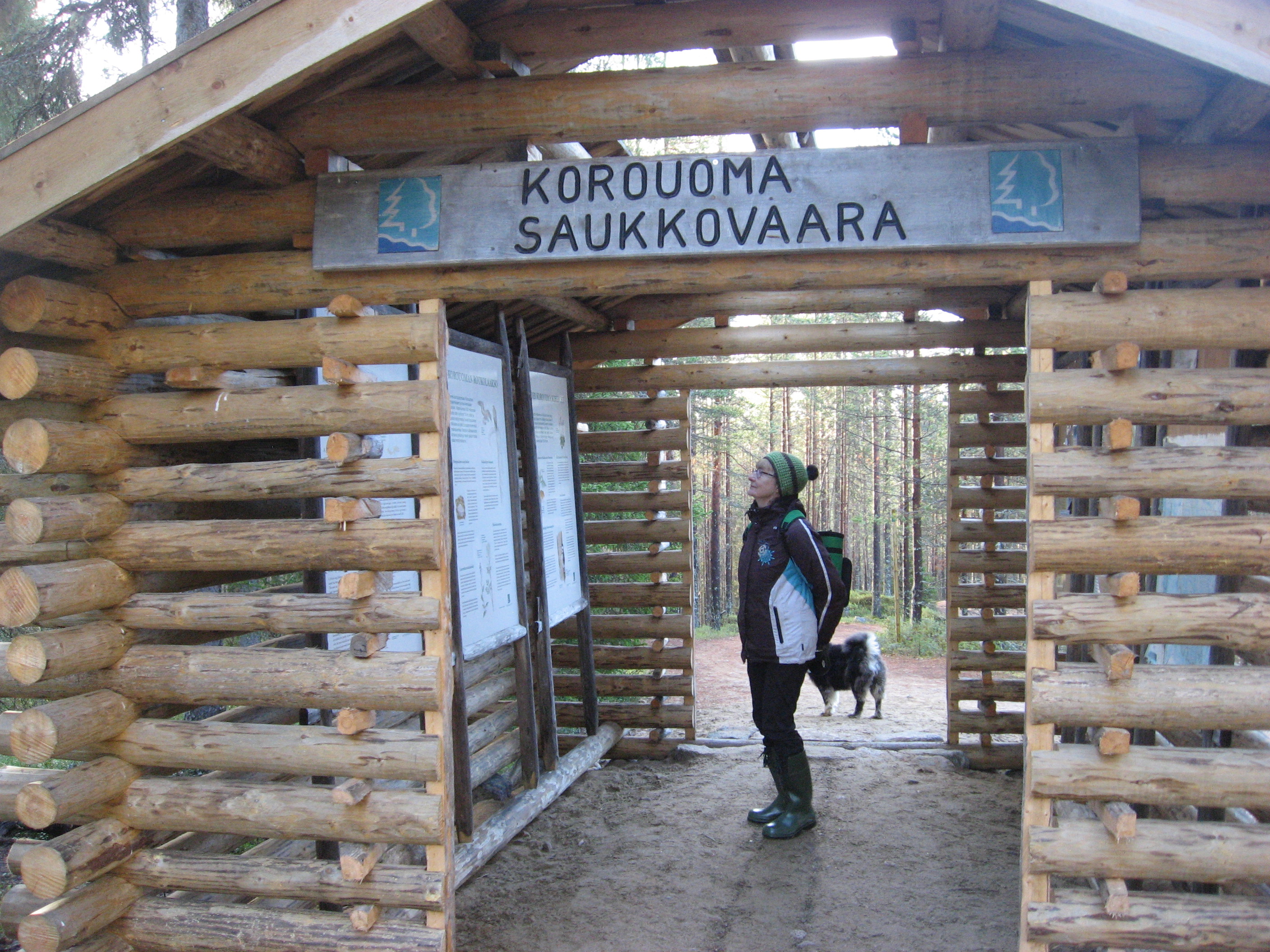
We chose the 6,5 km hiking route marked as a round trip on the map. It is marked demanding and suitable for people with good health. The path started nicely going down into the canyon and we stopped to enjoy a waterfall on the way down to the bottom. On the bottom of the canyon there is the small river Korojoki going the whole way through Korouoma. Hikers can use bridges to get from one side of the river to the other side. The hiking route is very well marked and on the maps along the route you see the places worth visiting and places where you can stop for a break and places for good photos.
The first place for a break and possibility to make a fire came a little suddenly for us; after 1,7 km. We had already had a nice breakfast in the cottage and we were not prepared for a stop, yet.
Our next goal would be the Piippikallio, where we could find the next shelter. And on we went….Piippukallio is a place situated on the edge of the canyon. This fact I did not realize until later….We started climbing up, up and up. The path was full of stones and roots. We saw parts of old stairs been taken away from the path. For now we had to manage climbing with the help of the stones.
After a very hard climbing up the wall we got rewarded! A fantastic view of the canyon and a very nice and cosy fire place.
Climbing down was really much easier, even though we had to be careful where we put our feet. The dog did not have any problems climbing up or down. And he could drink the water from different wells and from the river. I probably did not drink enough during the hard hike and I had to cope with a minor liquid loss as I returned home.
After a refreshing break at the fireplace we continued. The path lead us to the places for the spectacular winter ice climbing places: Ruskea virta, Mammuttiputous and Jaska Jokunen. I can only imagine what they look like in the winter with the thick ice covering the walls.
The last part of the hike, the 1,8 km leading us back to the car was all about ups and downs all the way. Steep up and steep down all the time. Really testing our legs and knees. And we found them still going strong and the only problem I had was I was all sweaty and started to freeze as we arrived to the car. I was really freezing and shaking as I got home with my wet clothes on. But after changing clothes and drinking a lot of liquid I am all ok again and ready for the next hike.

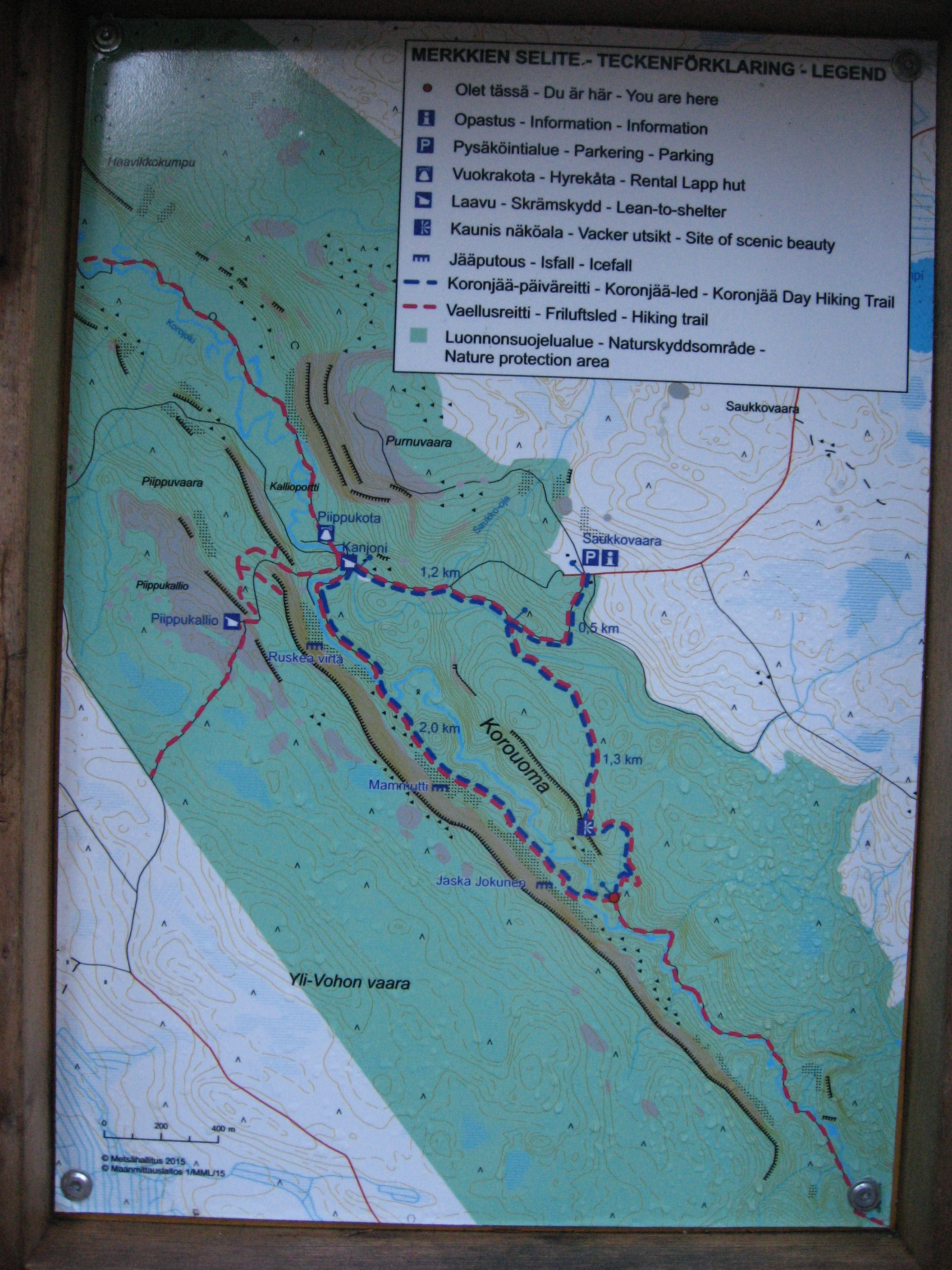
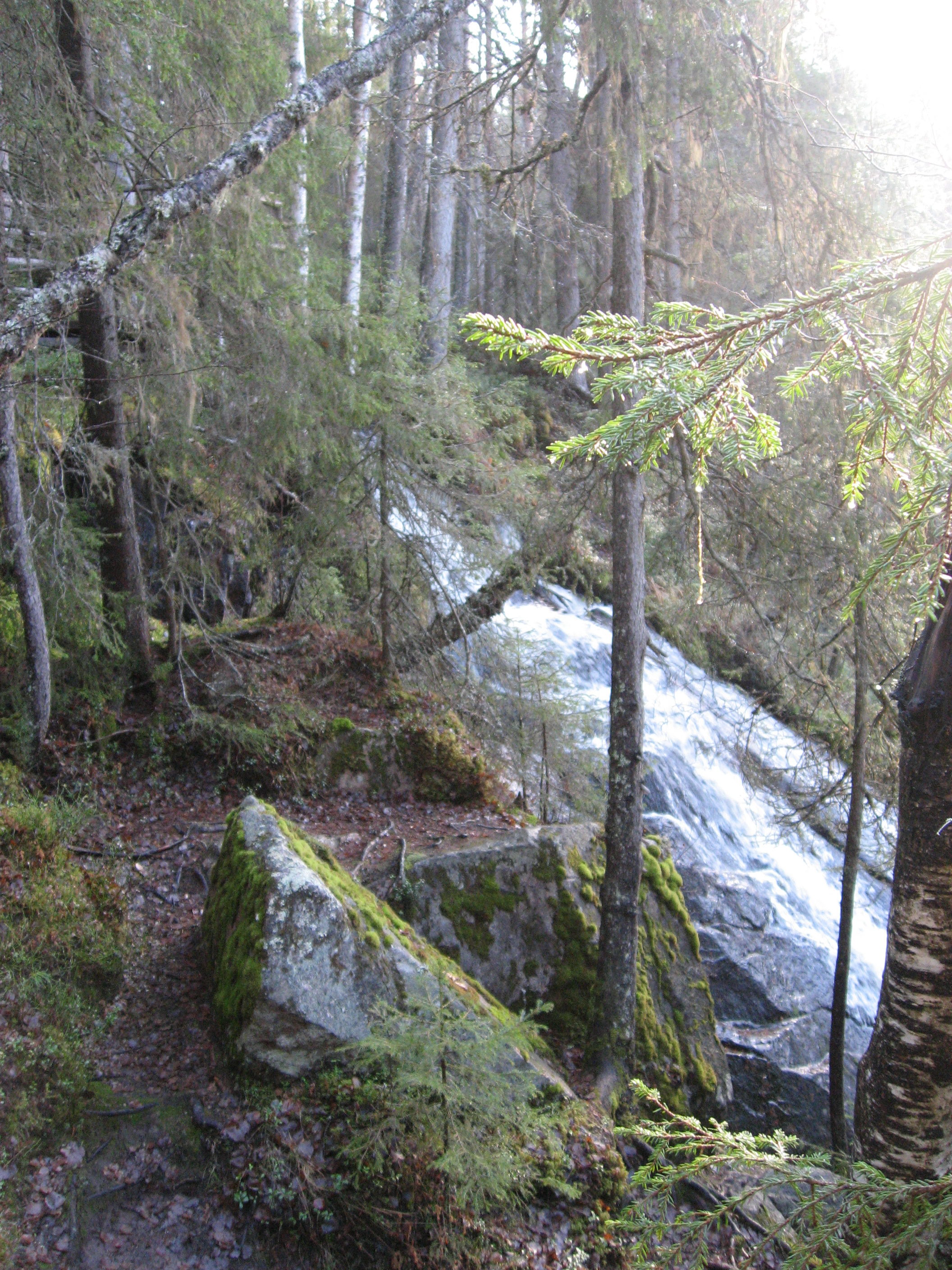
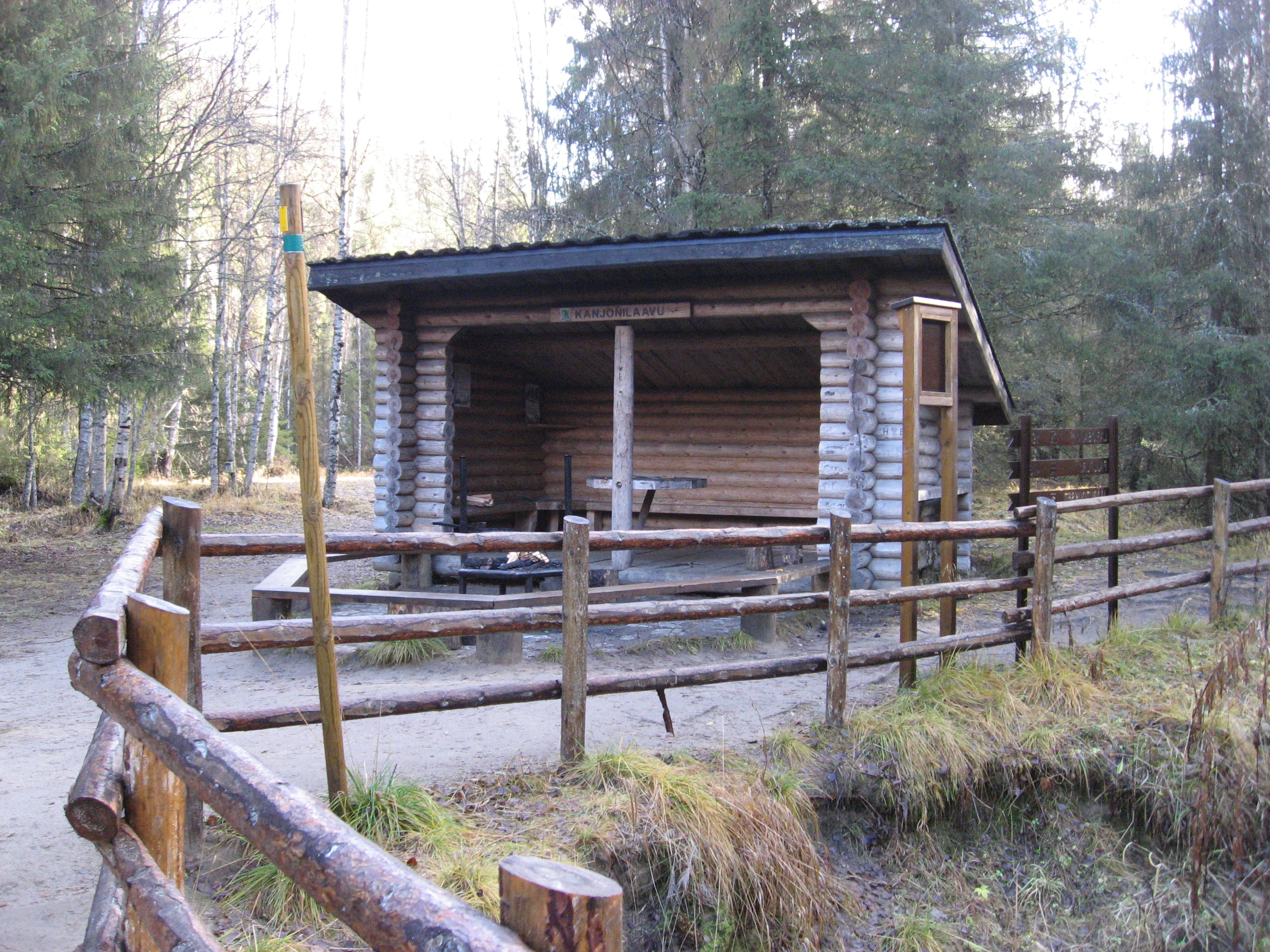
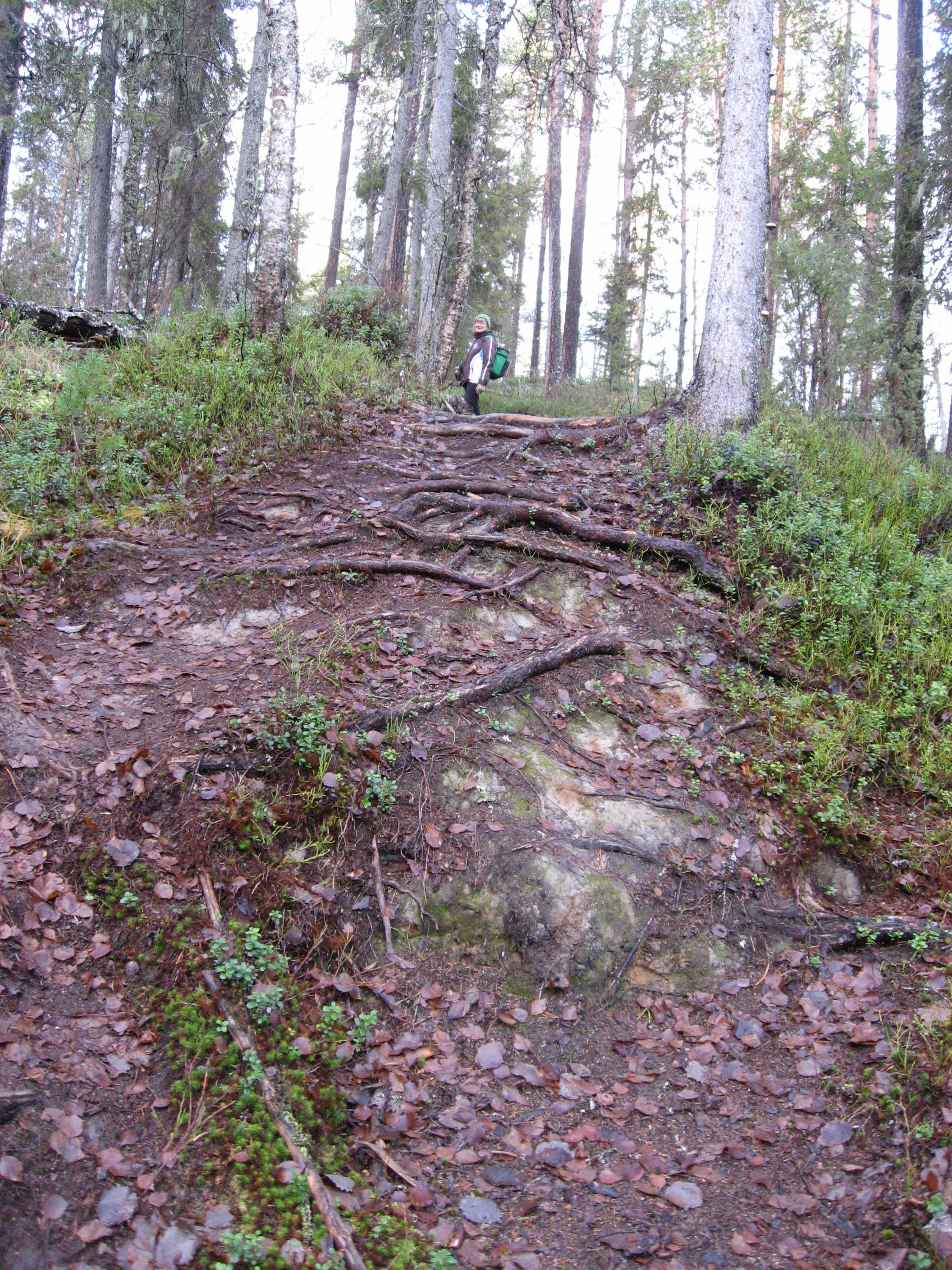
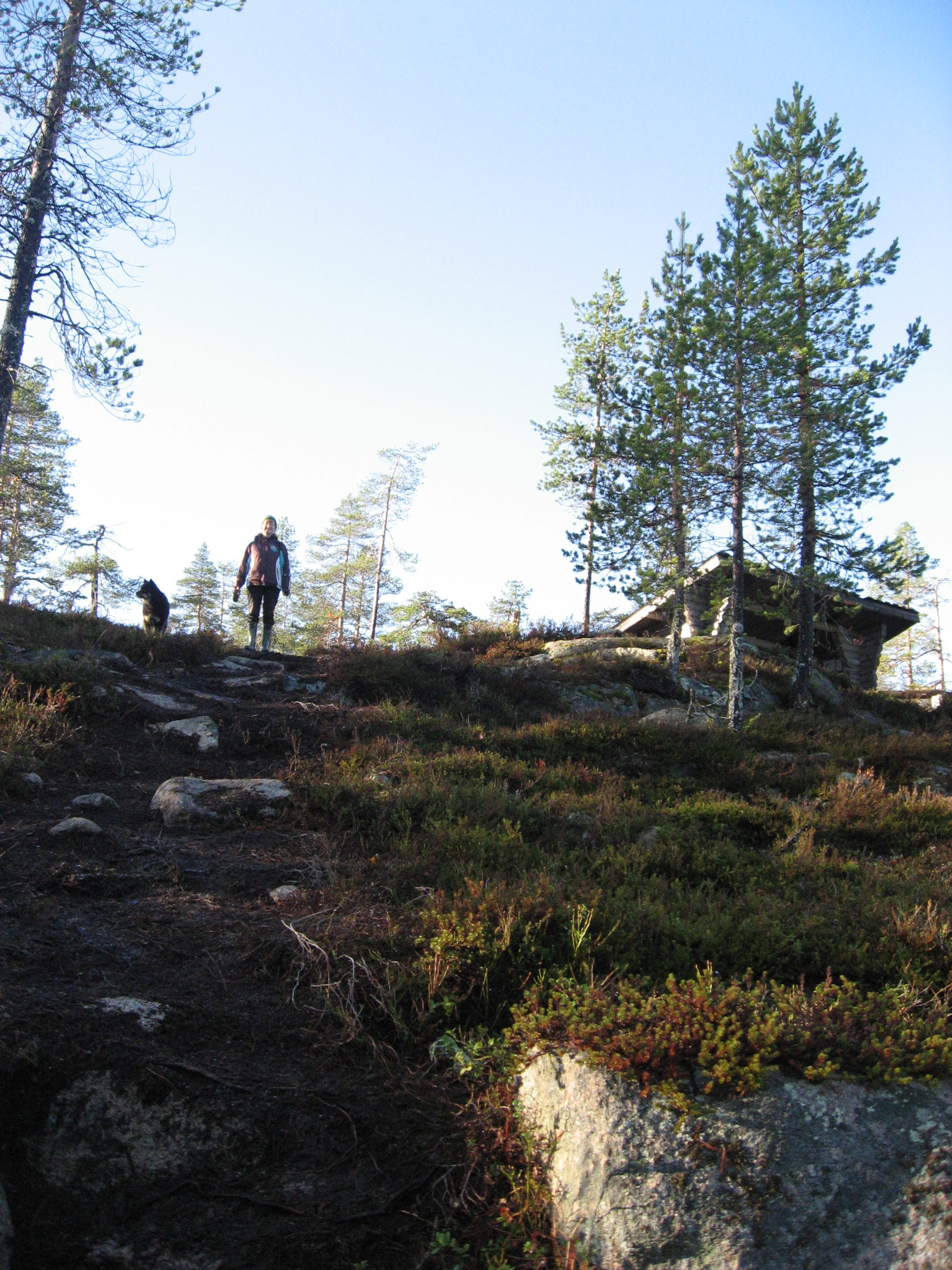

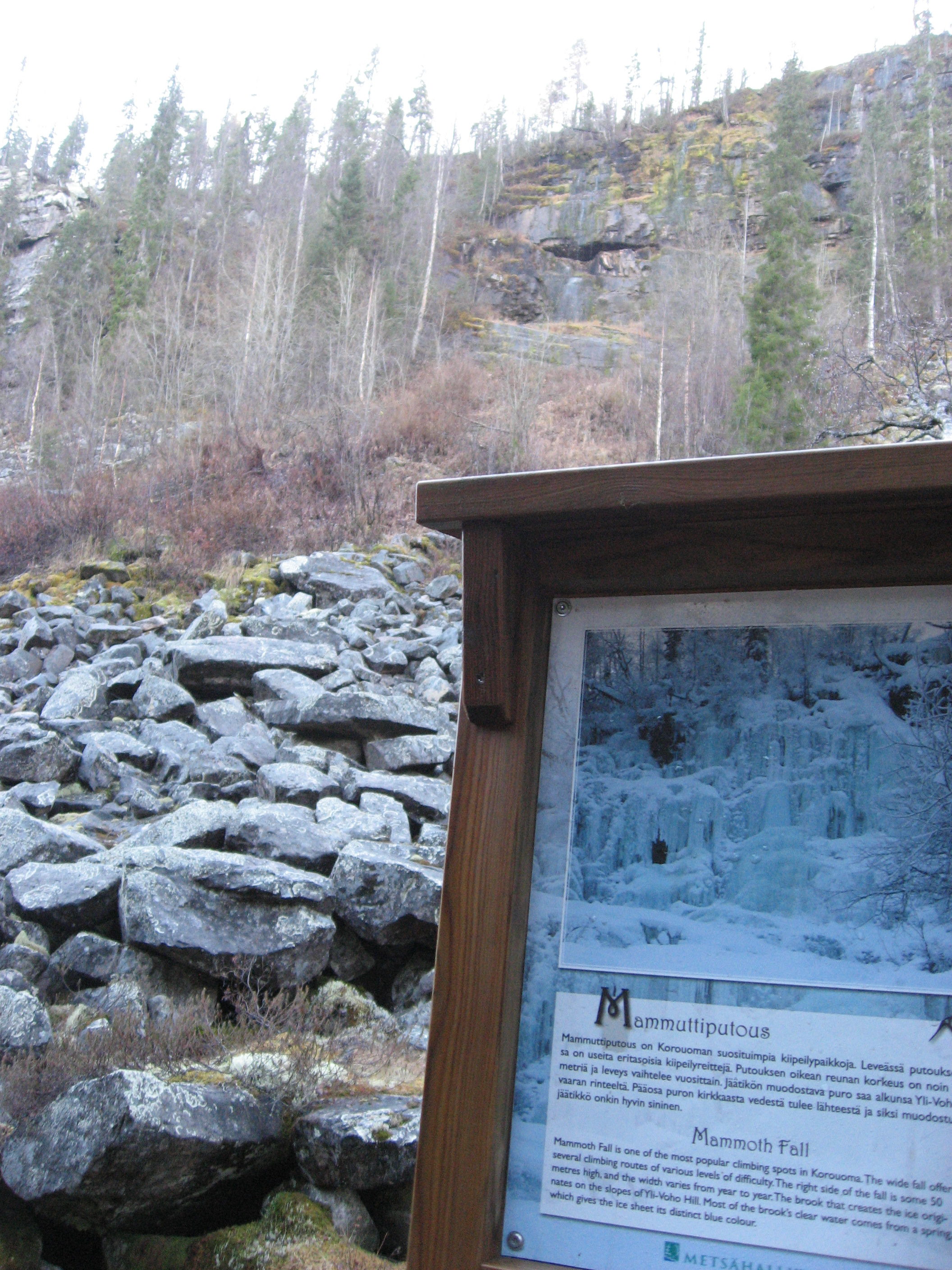
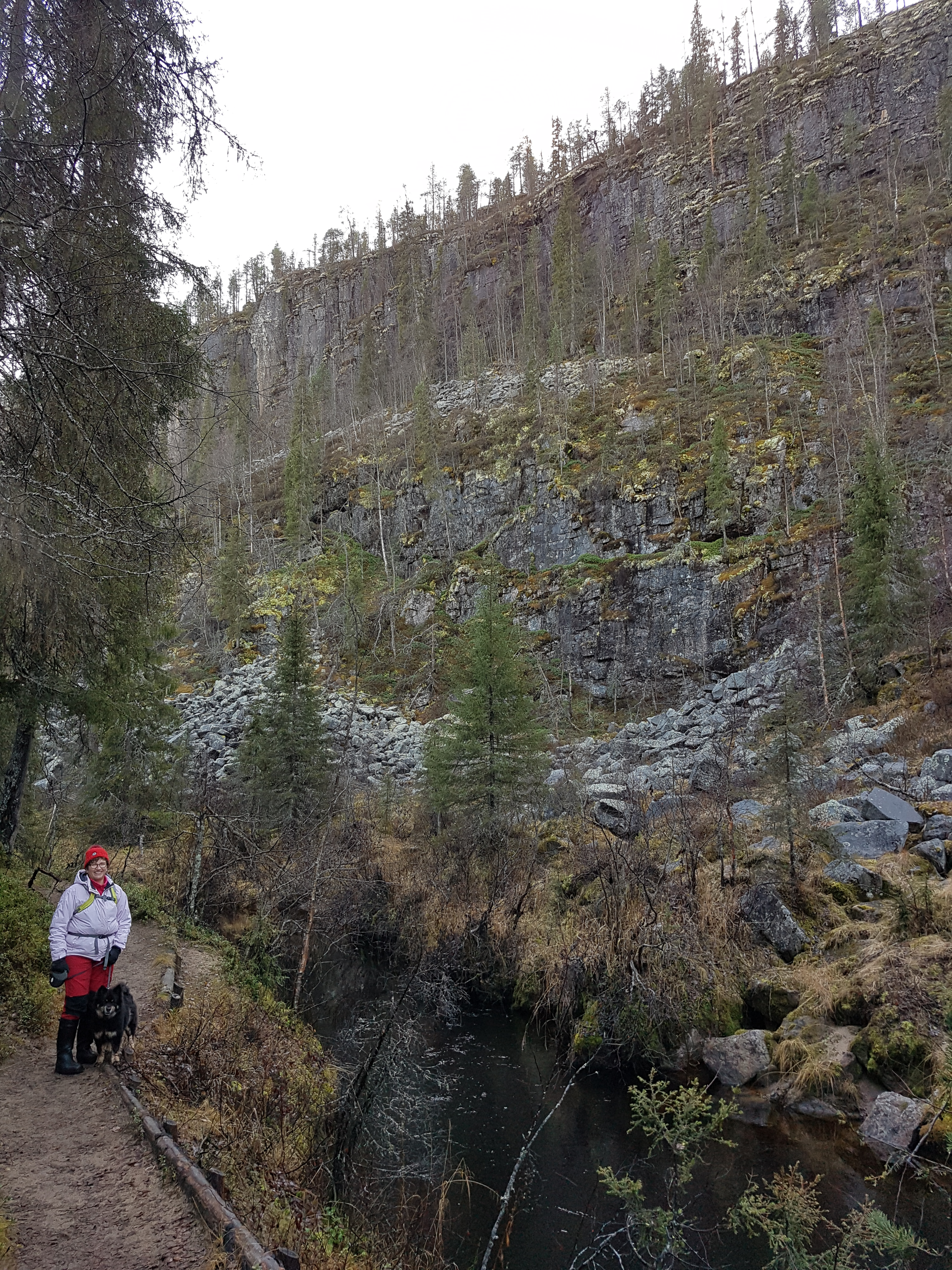
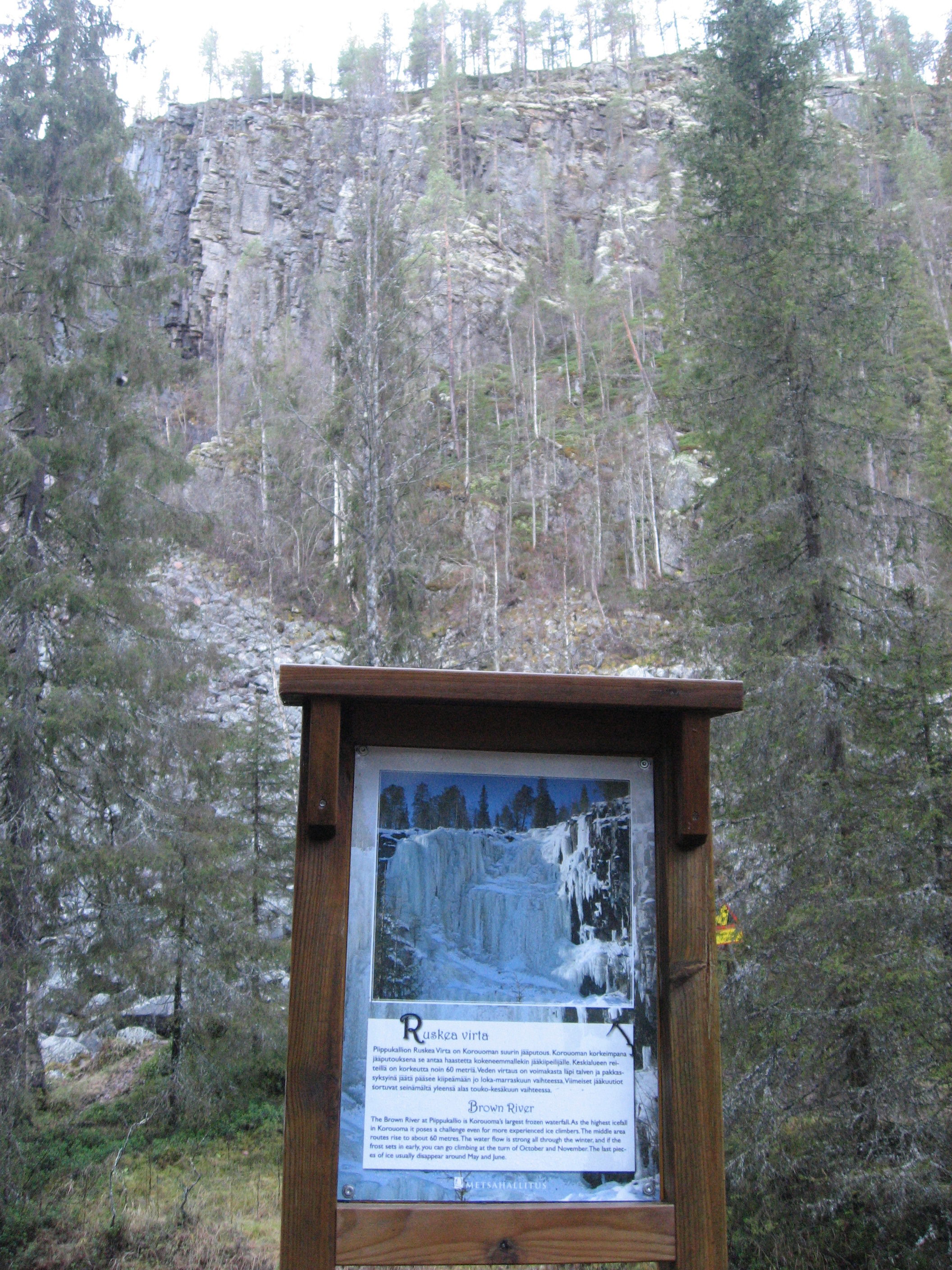
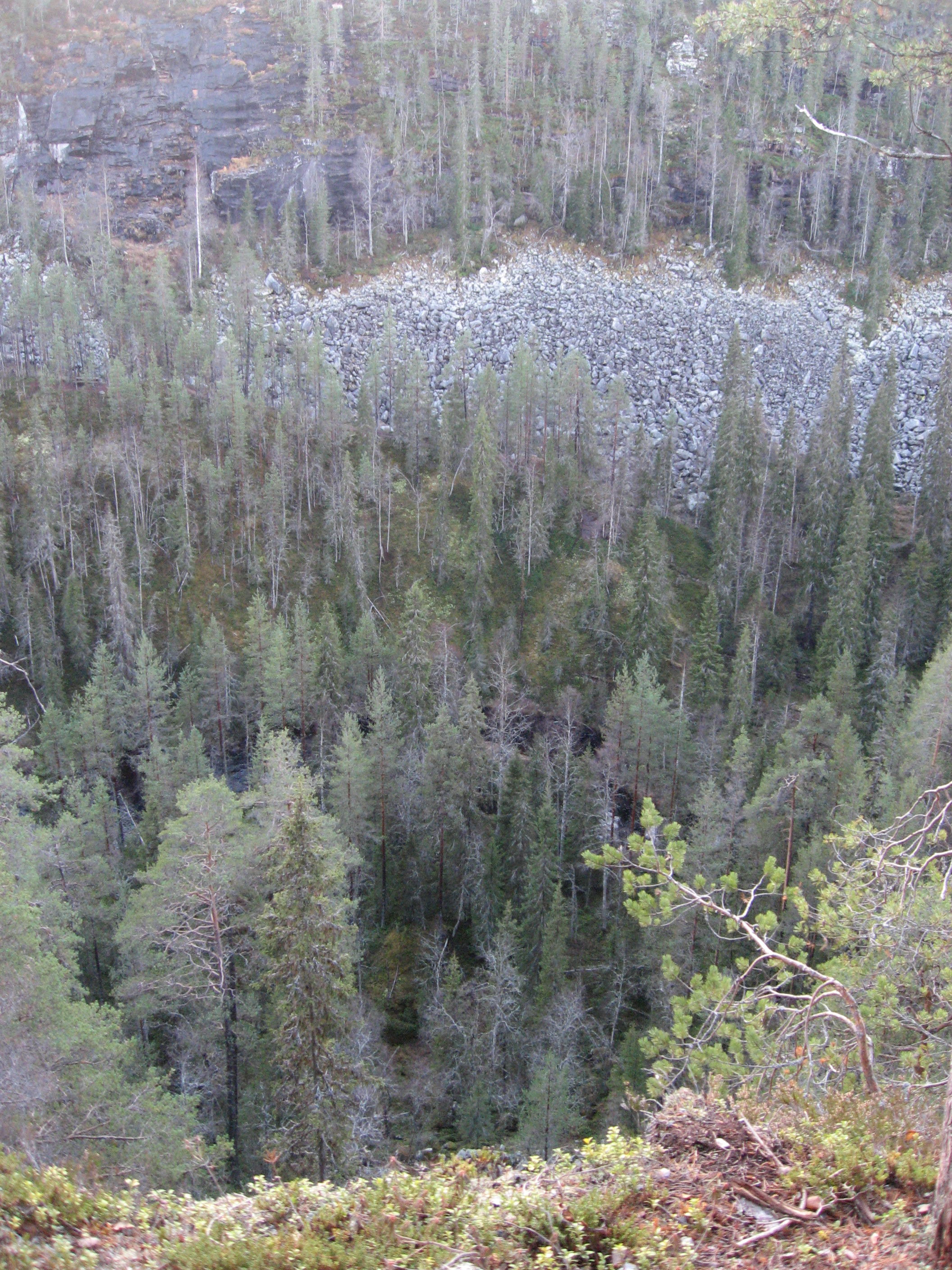
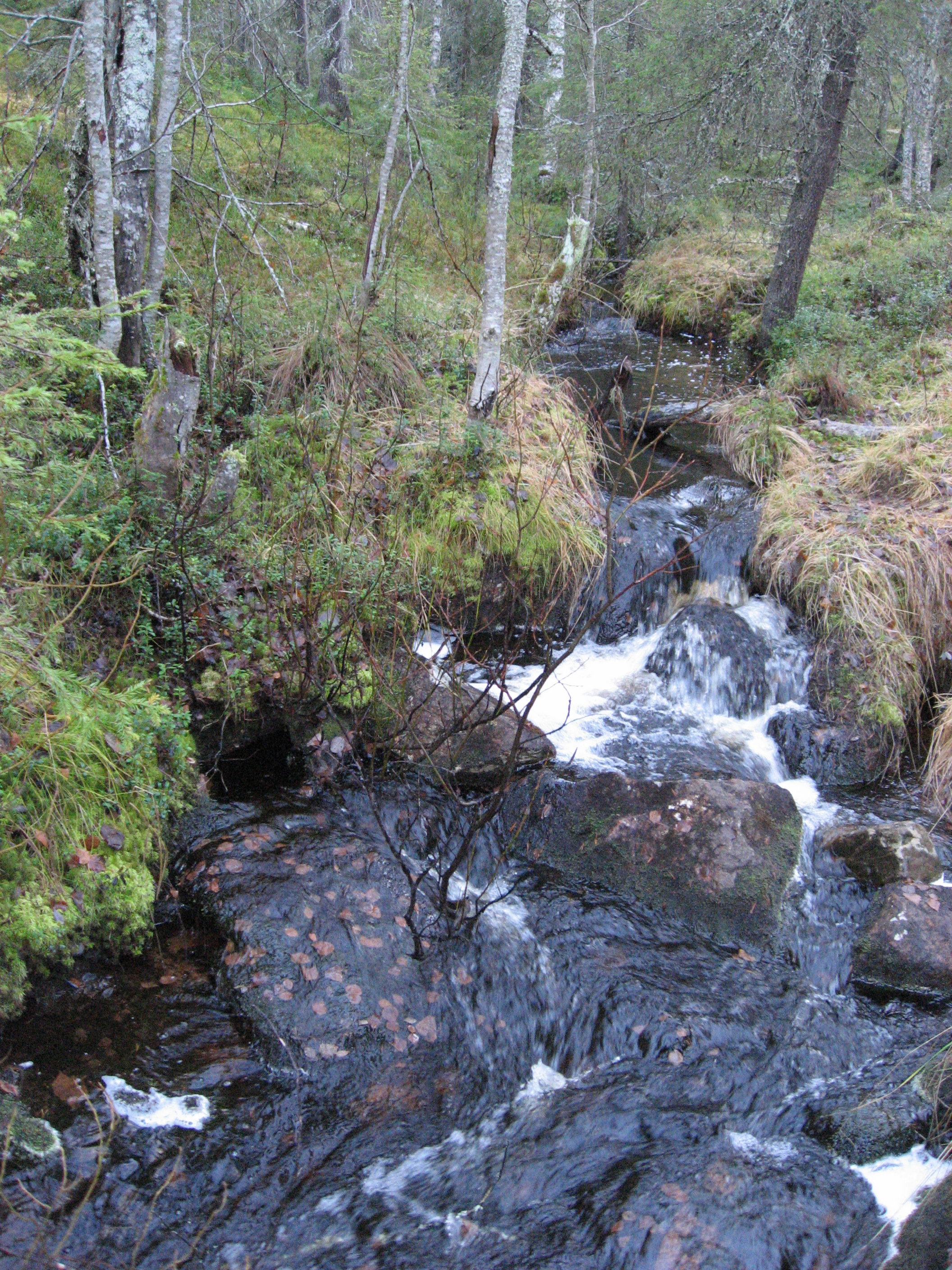


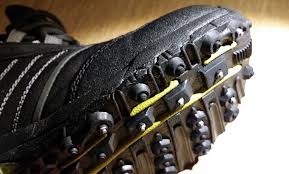
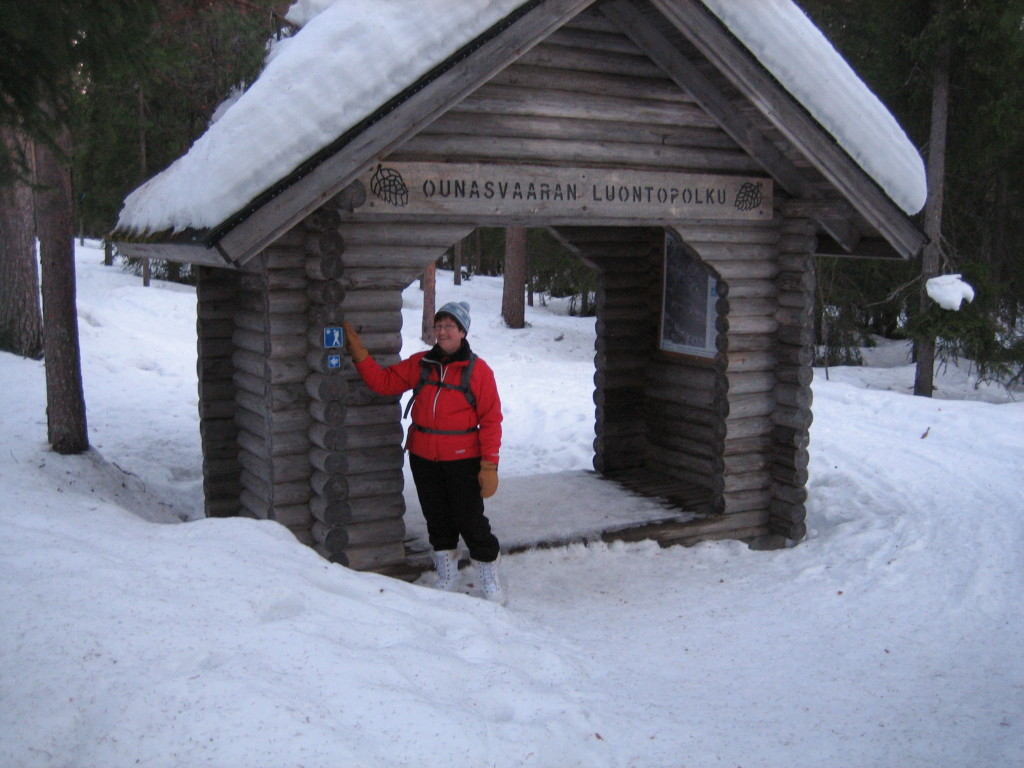
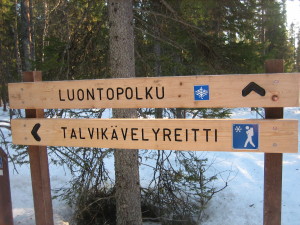
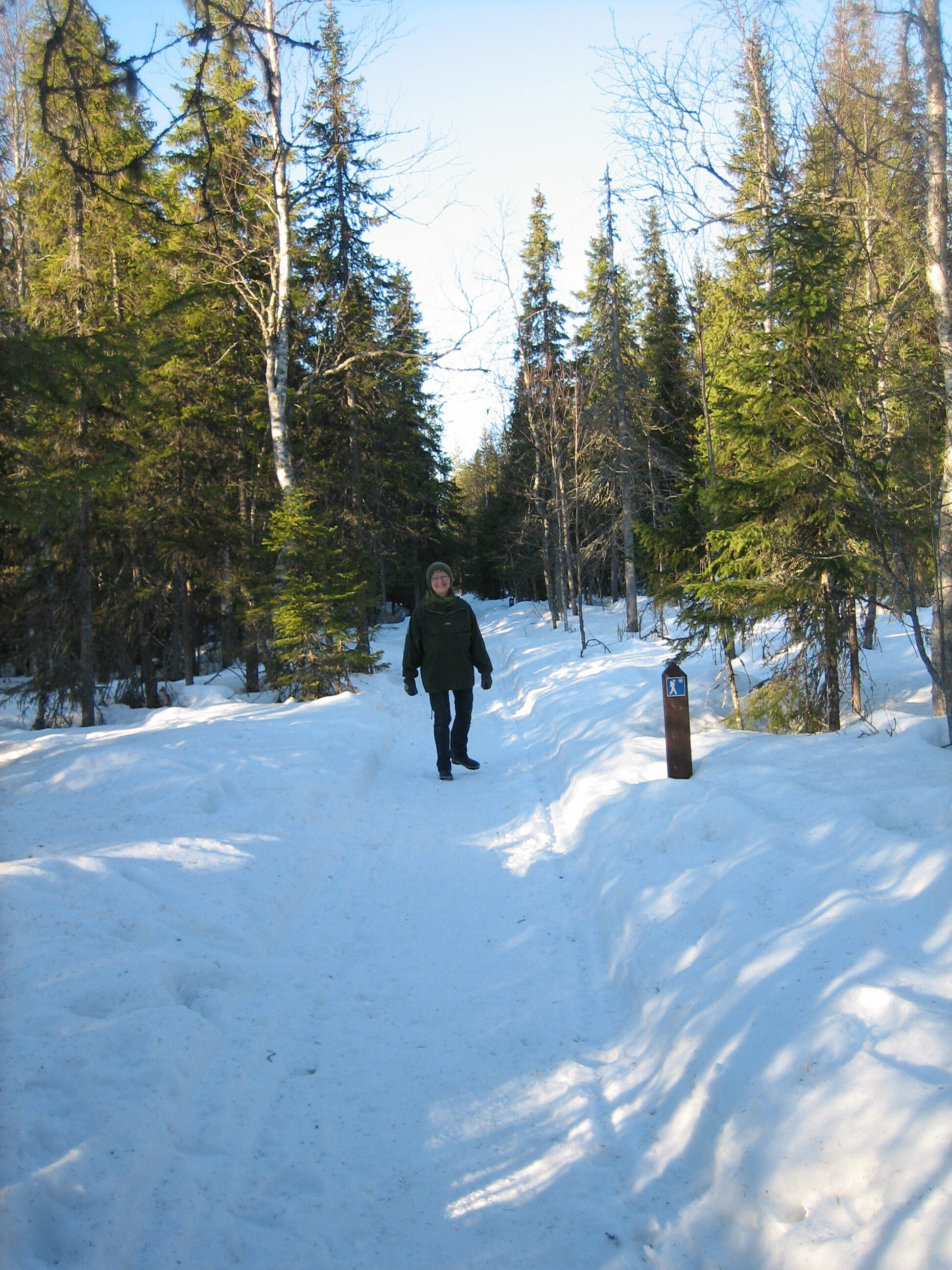

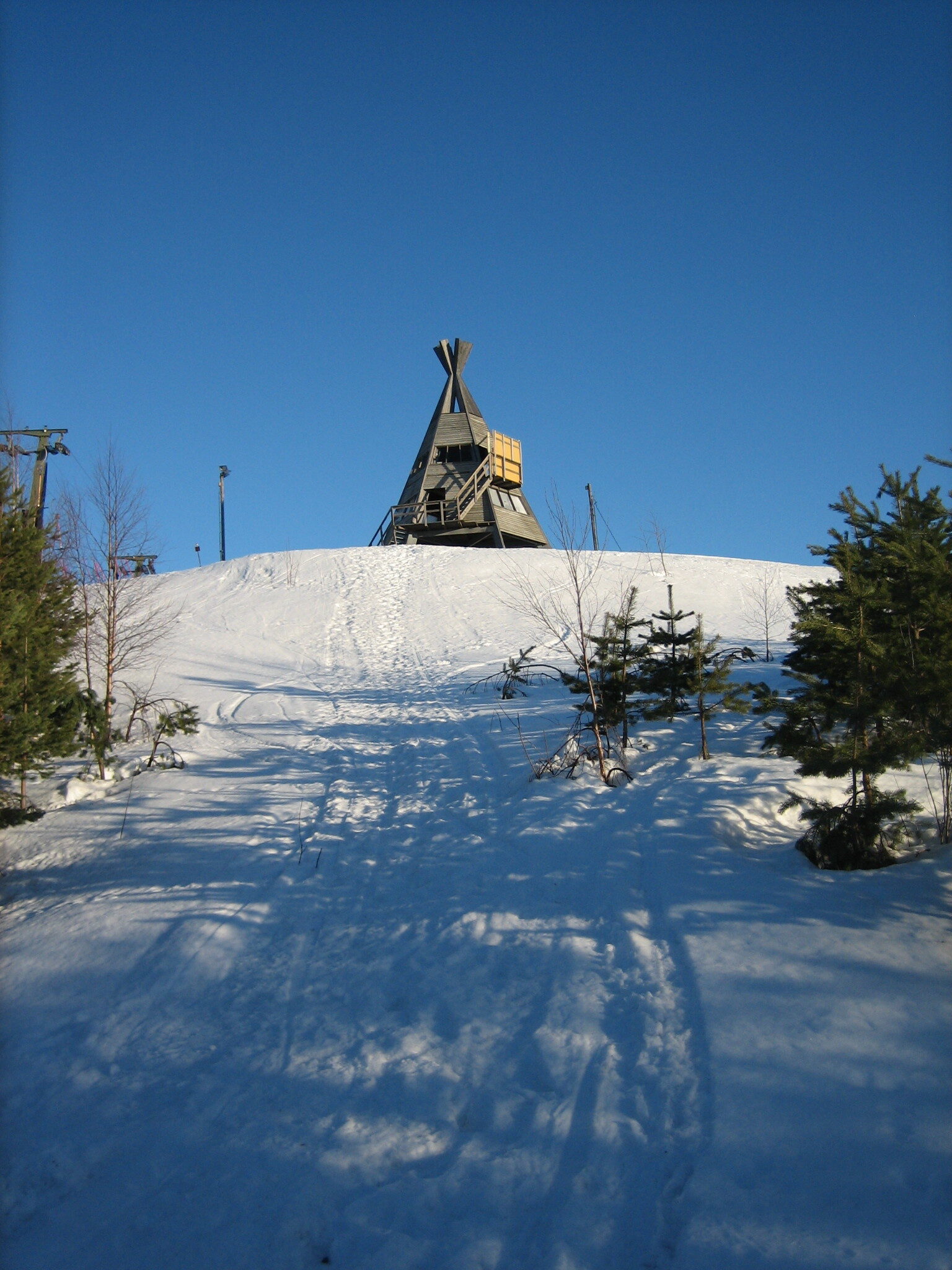
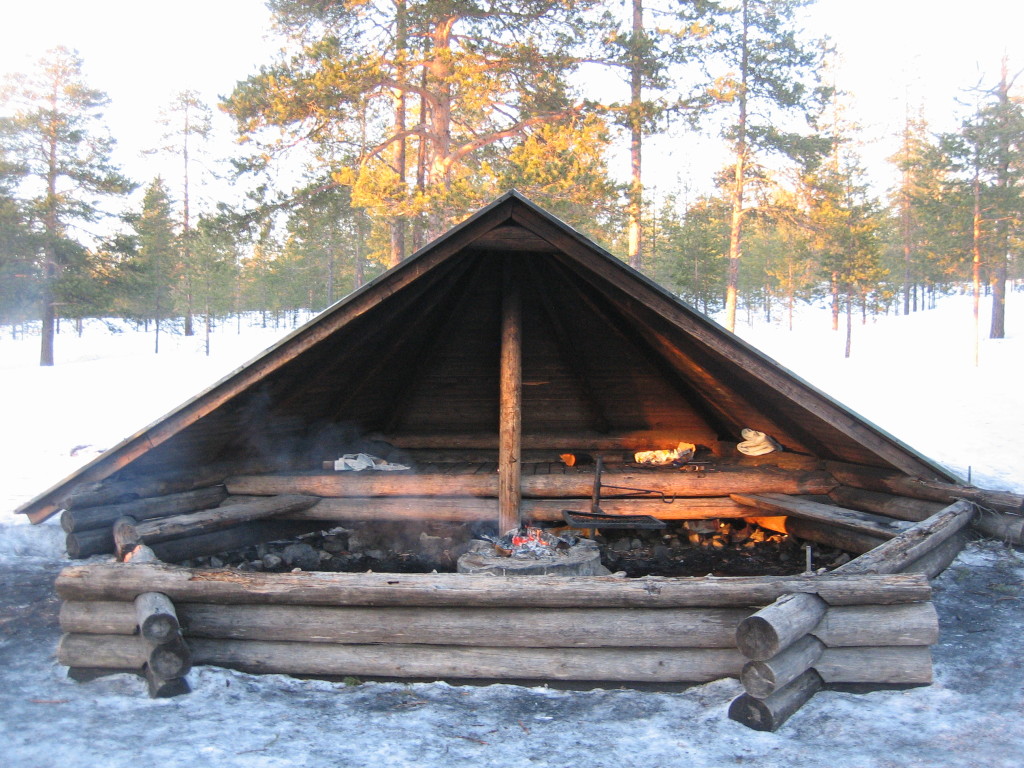
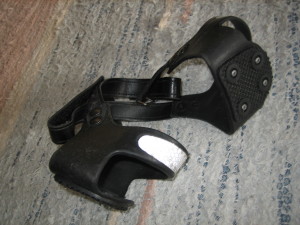
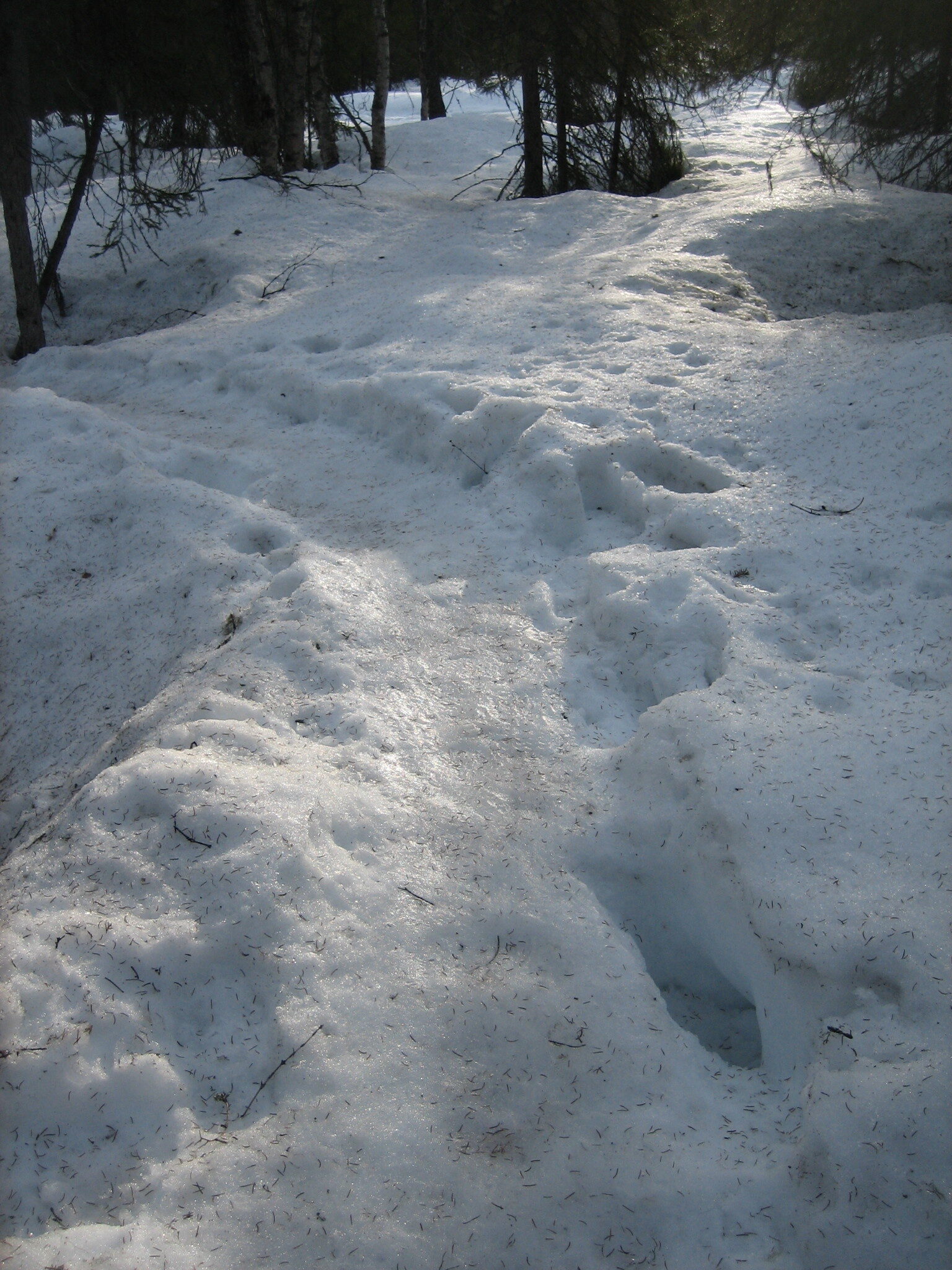
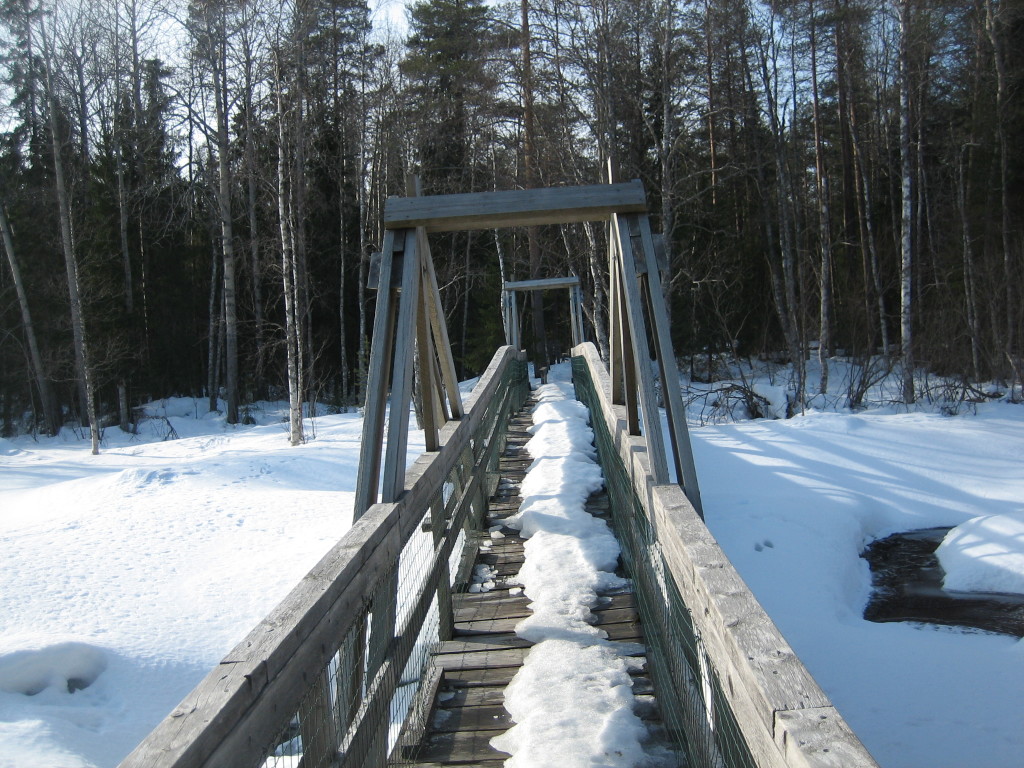
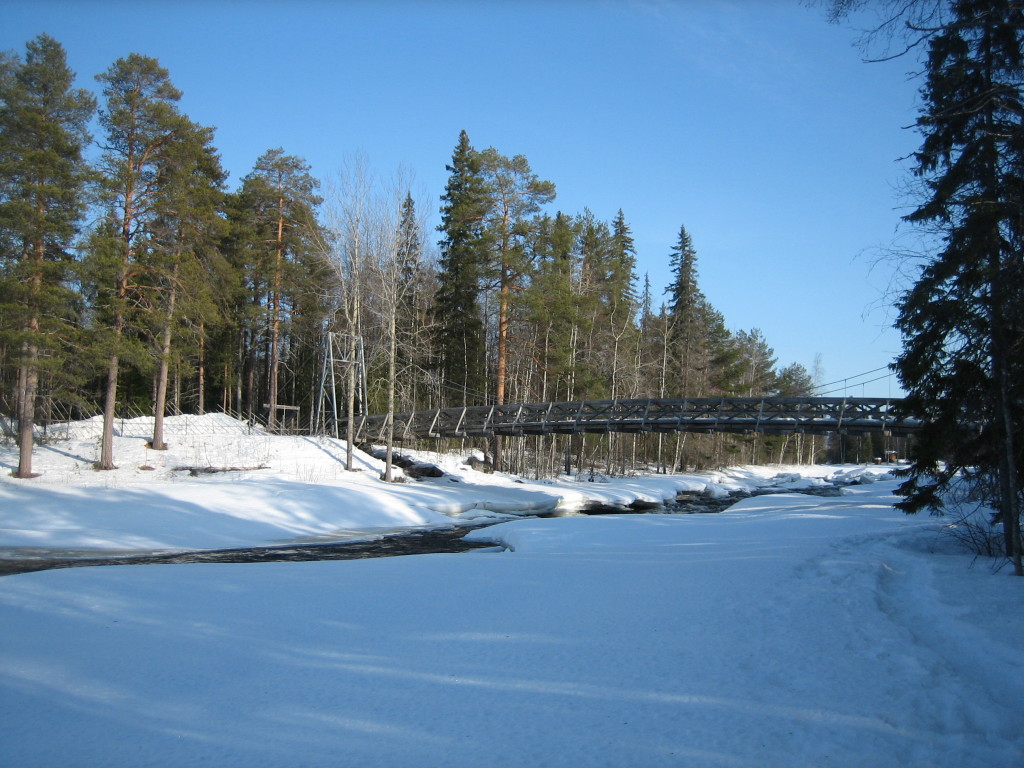
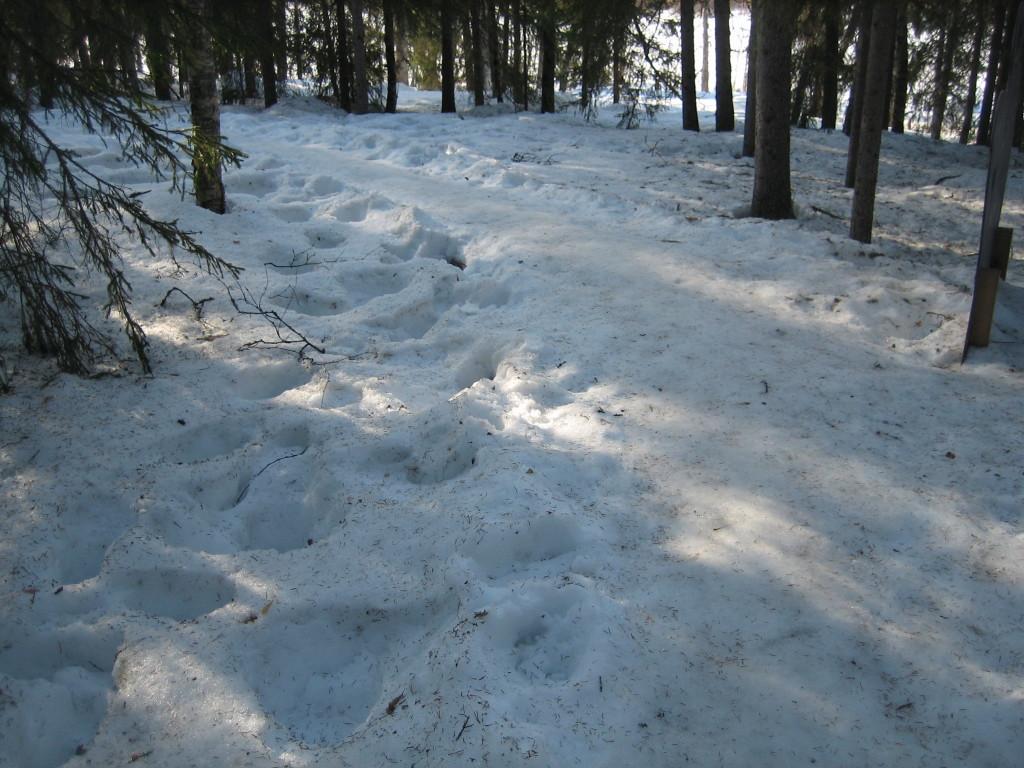
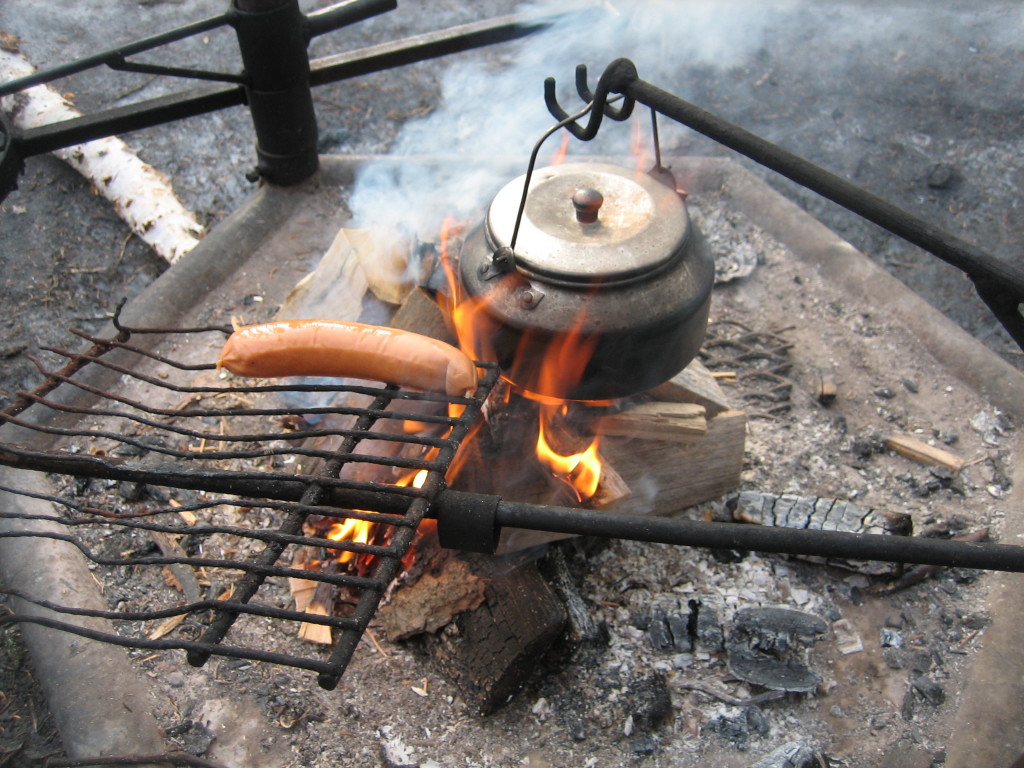
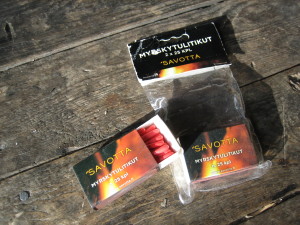
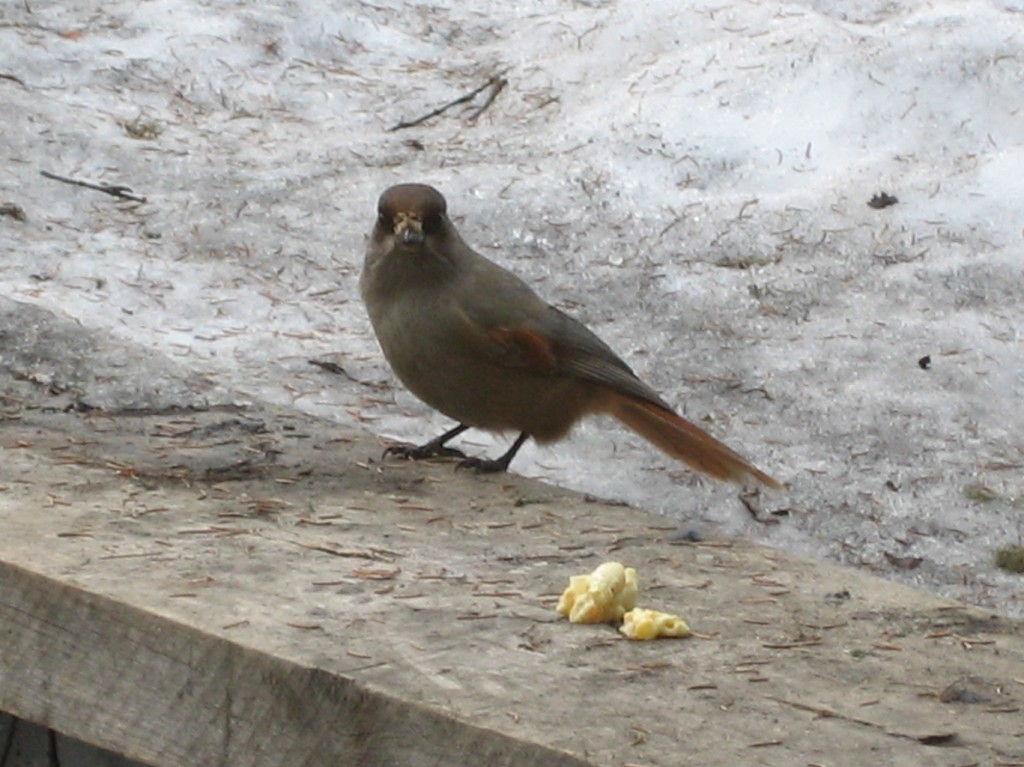
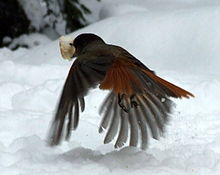
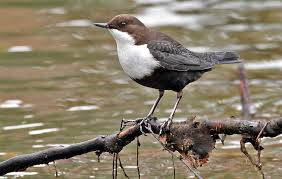
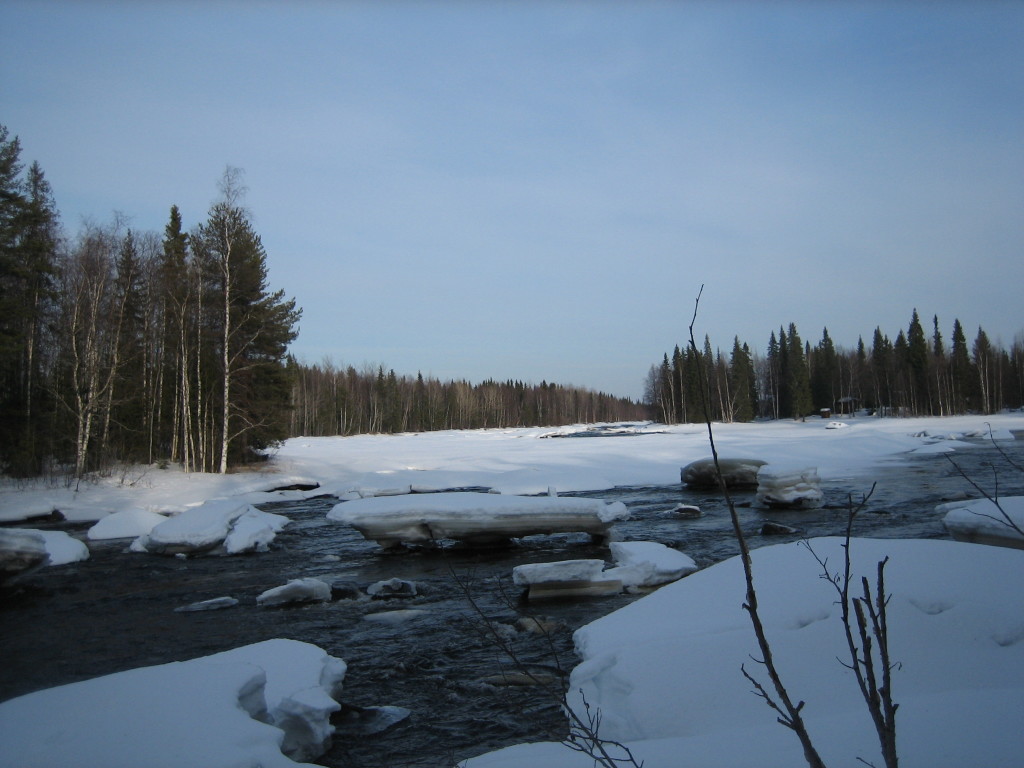

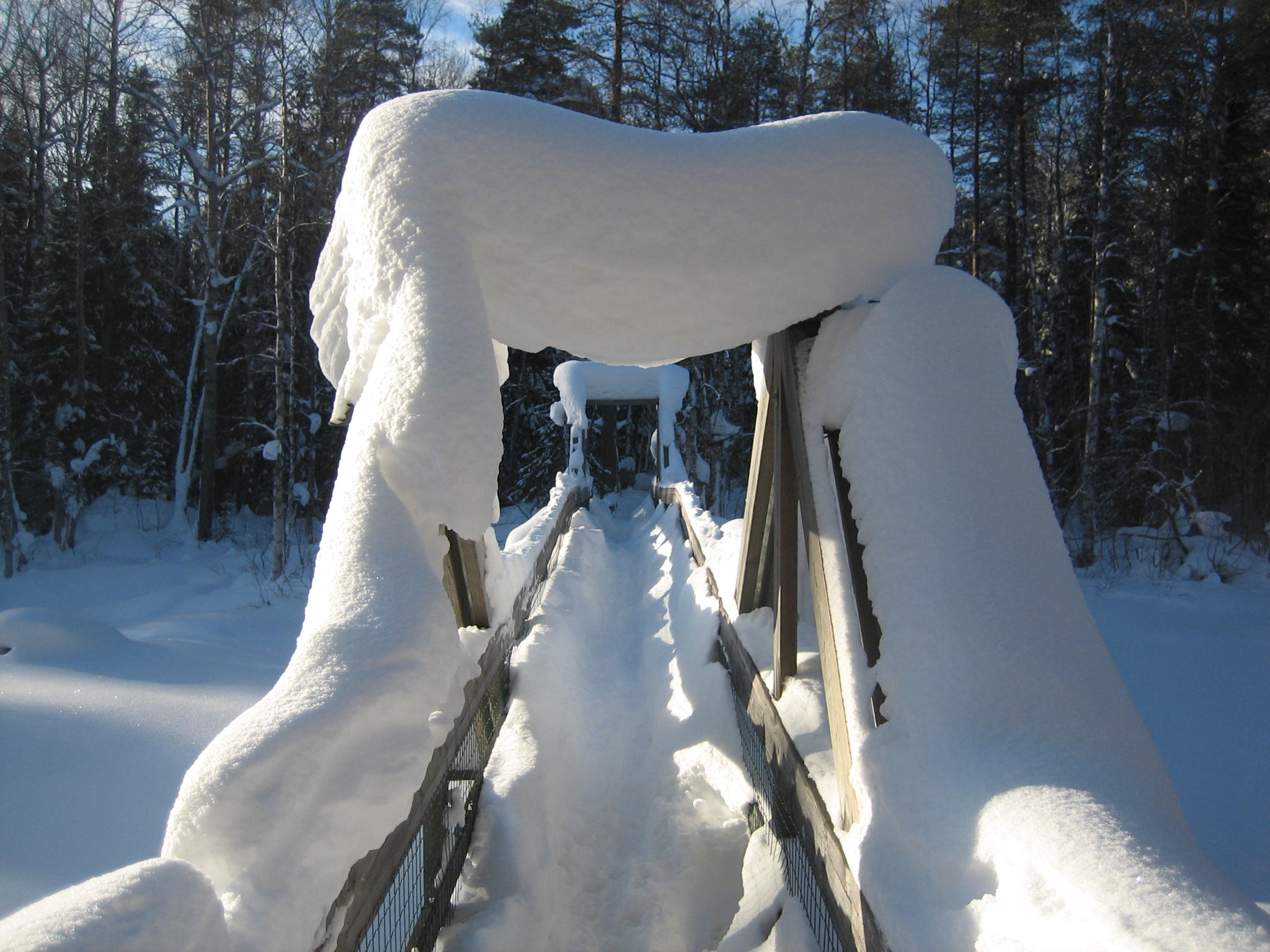
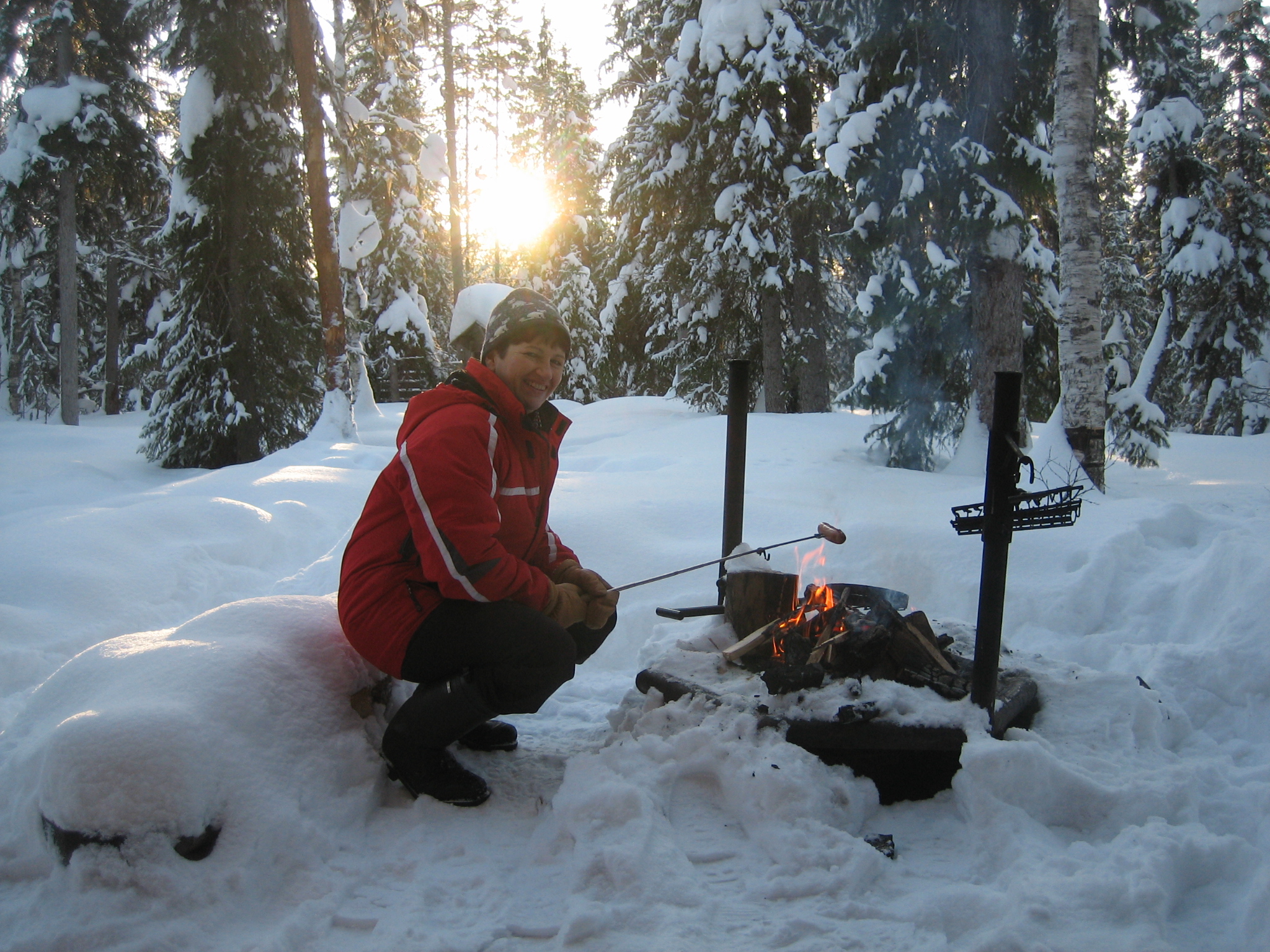


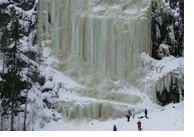
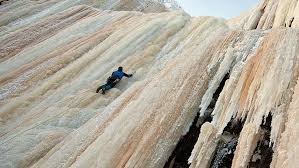
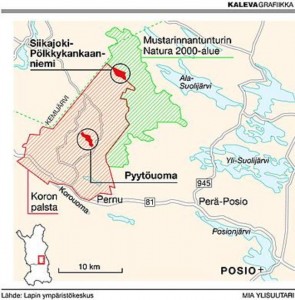
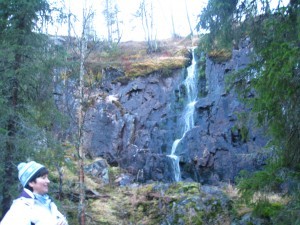
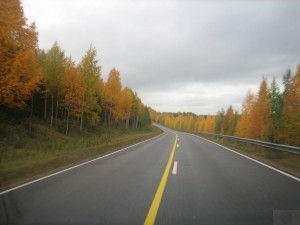 To find this Pyytöuoma, you drive by car along road nr 81 from Rovaniemi towards
To find this Pyytöuoma, you drive by car along road nr 81 from Rovaniemi towards 